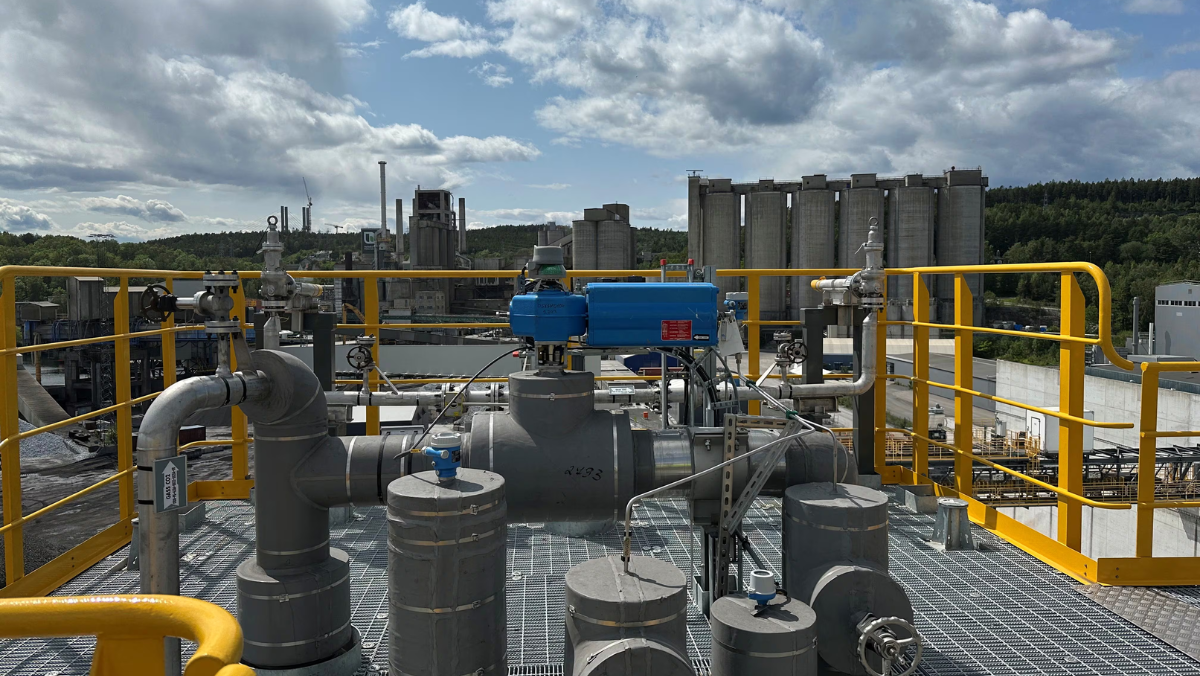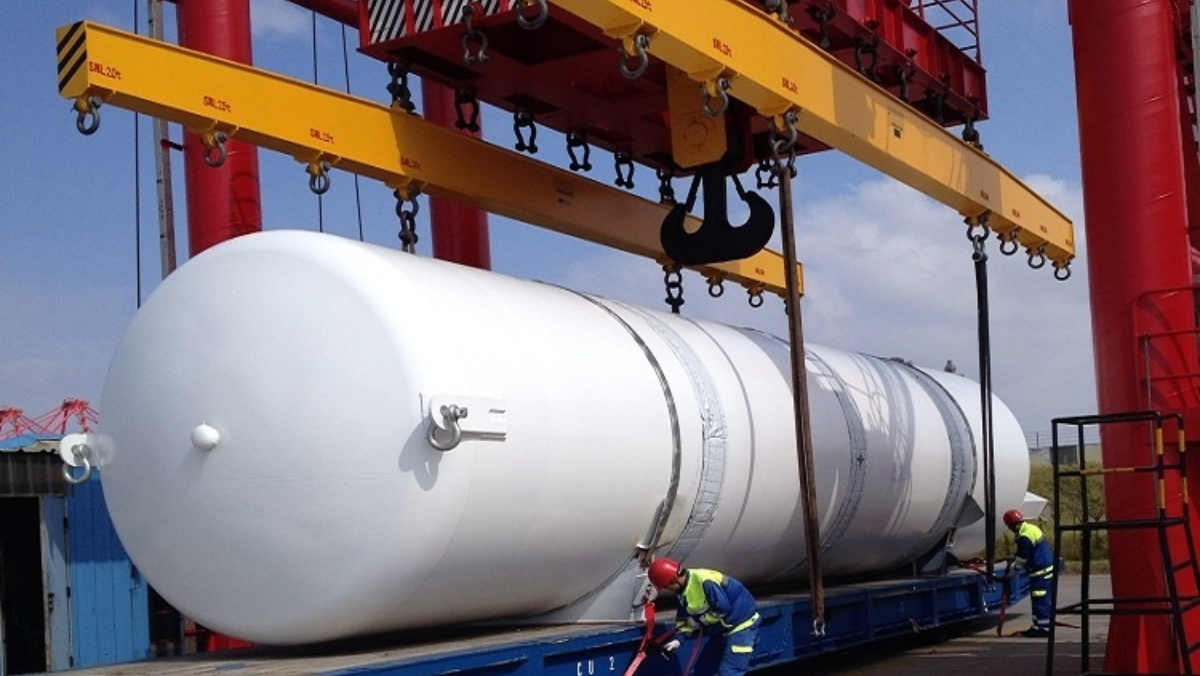RESEARCH
Can Europe Connect Its Carbon Dots?
Europe lays early foundations for CO2 transport and storage as cross border hubs expand
21 Nov 2025

Europe’s plan to cut industrial emissions is no longer a distant promise. New research and a surge of collaborations show carbon capture, utilization, and storage moving from blueprints to visible progress. What once felt experimental now looks like the early architecture of a continent wide CO2 network.
Fresh analysis from the Joint Research Centre, the scientific arm of the European Commission, finds the sector advancing faster than expected. Early pieces of a shared system are already taking shape. Countries are preparing to ship captured carbon across borders, expand North Sea storage sites, and align transport rules. These steps are attracting attention from governments and investors well beyond Europe.
Policy experts describe a shift from pilots to real world deployment. The change is most evident along new cross border corridors. The Norway based Northern Lights project stands out, with Equinor, Shell, and TotalEnergies working together on a common approach to shipping and storing carbon. It is still far from a fully connected network, yet it shows how regional links are beginning to form.
Industry pressure plays a central role. Europe’s emissions rules are among the strictest anywhere, and many companies now view carbon capture as a practical route to compliance while keeping factories competitive. This has pushed firms to form alliances that no single country or company could manage alone. Collaboration is becoming the only realistic way to scale the capture, transport, and storage chain.
The path is not free of obstacles. Costs remain uncertain, and critics warn that carbon capture should support, not distract from, efforts to cut emissions at the source. The latest research acknowledges these tensions but also highlights Europe’s strong geological capacity and a rise in investor interest. Analysts expect that as more projects advance, shared pipelines, common storage hubs, and basic learning curves will gradually bring down expenses.
Each new corridor, contract, and permit moves Europe closer to an integrated system for handling CO2. For companies watching the shift, the message is straightforward. Carbon capture is no longer a speculative option. It is progressing, piece by piece, toward a role in Europe’s industrial transition.
Latest News
21 Nov 2025
Can Europe Connect Its Carbon Dots?19 Nov 2025
Germany Drops €6B and Ignites a Carbon Capture Race14 Nov 2025
Cold Capture, Hot Stakes: Can Freezing CO2 Scale Up?12 Nov 2025
Blockchain Becomes Europe’s Climate Watchdog
Related News

RESEARCH
21 Nov 2025
Can Europe Connect Its Carbon Dots?

INNOVATION
19 Nov 2025
Germany Drops €6B and Ignites a Carbon Capture Race

INNOVATION
14 Nov 2025
Cold Capture, Hot Stakes: Can Freezing CO2 Scale Up?
SUBSCRIBE FOR UPDATES
By submitting, you agree to receive email communications from the event organizers, including upcoming promotions and discounted tickets, news, and access to related events.